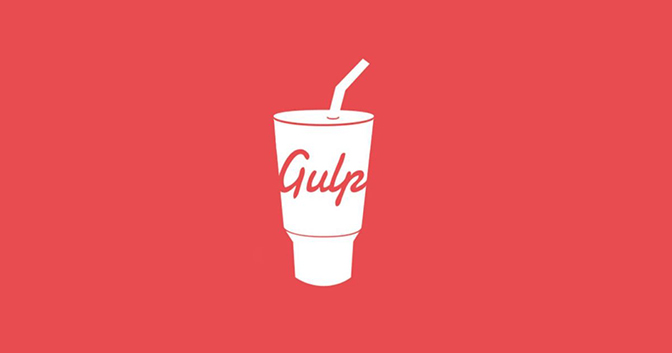Get ready for the next big step in taking the control add-in development to the next level. Today, I am (re)introducing gulp.
I’ve blogged about gulp in the past, but I’ve never really finished that series. Life and work got in the way. But while I may not have blogged about it much, it’s been my companion for quite some time now, and now I want it to become yours, too.
In previous “Control Add-ins Supercharged” examples we’ve mostly explored how not to do things. Now we are ready to take a look in the opposite direction and start talking about how to do do things.
For this example, I’ll use my next demo branch 04-gulp-hello-world that you can check out here: https://github.com/vjekob/supercharged_01/tree/03-gulp-hello-world.
I don’t intend to copy/paste all the theory explained in the branch’s Readme file, but I’ll just say what you can find there:
- Steps to install the prerequisites to run gulp
- Steps to install gulp and make sure it works
- Examples how to run gulp tasks from both command line and VS Code
- Just a tiny little bit of theory around Node.js packages
- A few good practices around some Node.js artifacts that will appear in your workspace once you install gulp
And with this small example that introduces gulp I conclude the introduction into the “Control Add-ins Supercharged” series. All the next steps will deliver ready-to-use stuff that you can plug into your own control add-in development process, and we’ll start building our toolchain step by step.
Have a great weekend!


Pingback: Control Add-ins Supercharged: Hello, gulp! - Microsoft Dynamics NAV Community